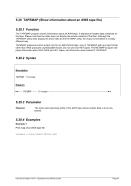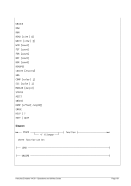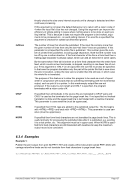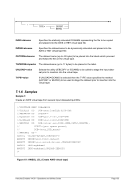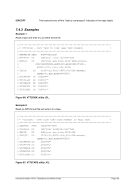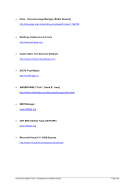5.11 DASDLOAD (DASD l
oader program)
5.11.1 Function
The Hercules DASD loader program is used to create new DASD file images and load them with data
from unloaded PDS files (e.g. a list of TSO XMIT files or a sequential file).
5.11.2 Syntax
Descriptive
DASDLOAD [-option [-option ... ]] ctlfile outfile msglevel
Diagram
Êʬ¬¬ DASDLOAD ¬¬¬§¬¬¬¬¬¬¬¬¬¬¬¬¬¬¬¬¬¬¬¬¬¬¬§¬¬¬ ctlfile ¬¬¬¬¬¬¬¬¬¬¬¬¬¬¬¬¬¬¬¬¬Ê
-option ¬¬¬¨¬¬¬¯
ʬ¬¬ outfile ¬¬¬
msglevel ¬¬¬¬¬¬¬¬¬¬¬¬¬¬¬¬¬¬¬¬¬¬¬¬¬¬¬¬¬¬¬¬¬¬¬¬¬¬¬¬¬¬¬¬¬¬¬¬¬ÊÍ
5.11.3 Parameter
options:
-z
Build compressed DASD image file using zlib.
-bz2
Build compressed DASD image file using bzip2.
-0
Build compressed DASD image file with no compression (0 = zero).
-lfs
Build a large DASD image file (can exceed 2 Gb in size).
-a
Build DASD image file that includes alternate cylinders.
-b
For a volume without IPL text, make the wait PSW written to the IPL1 record a BC-
mode PSW. If this option is not specified, the wait PSW will be an EC-mode PSW.
-m
For a volume without IPL text, make the wait PSW written to the IPL1 record en-
abled for machine checks. If this option is not specified, the wait PSW will be dis-
abled for machine checks.




























































































